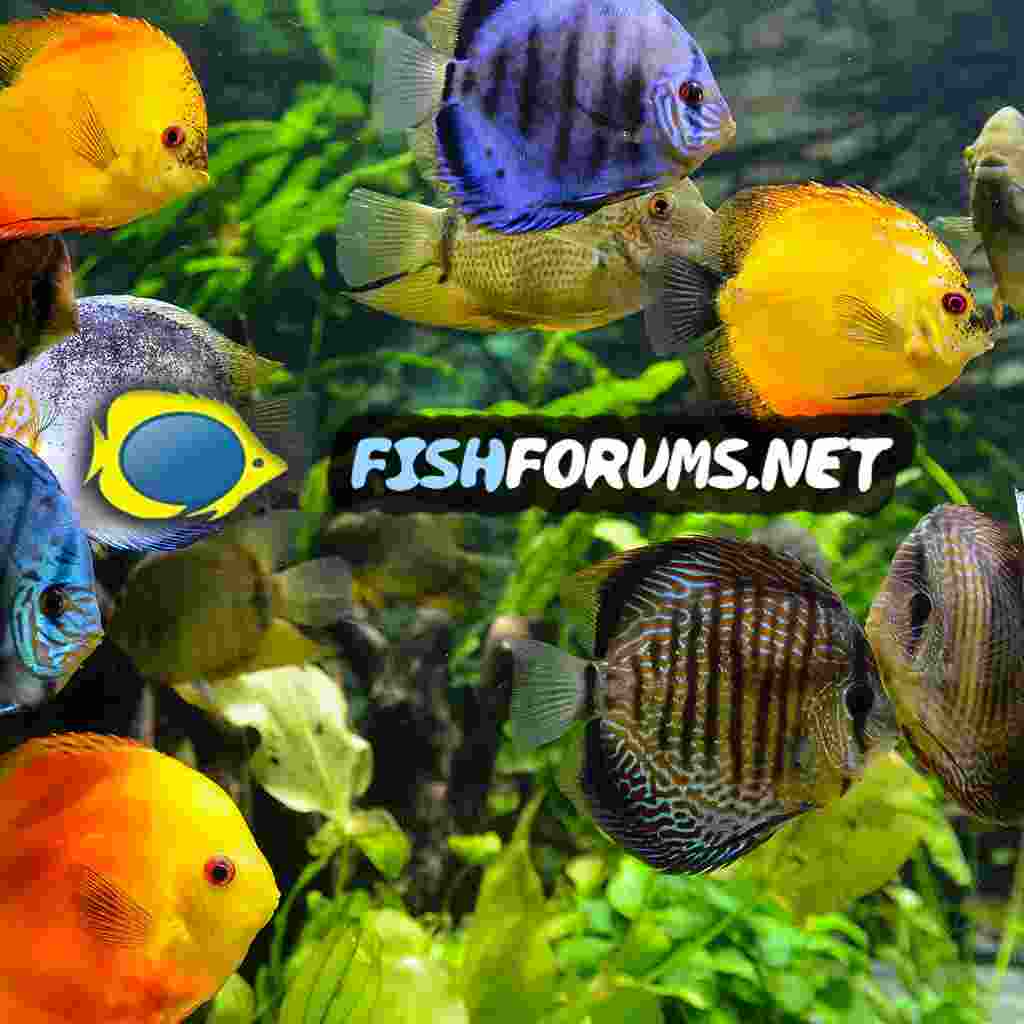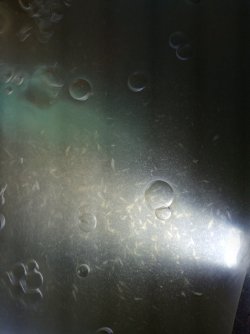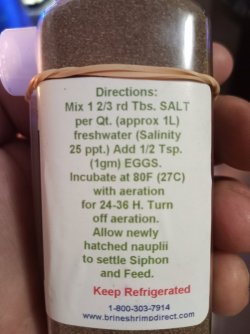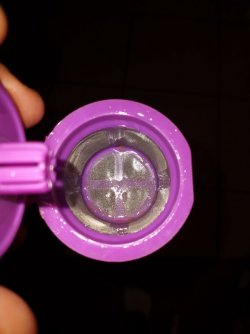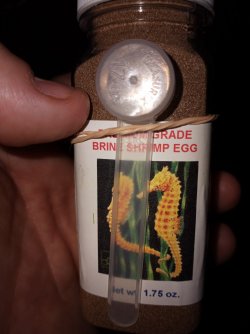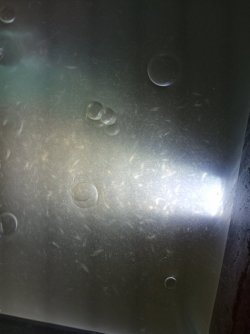Alright, pictorial instructions how I usually do it.
you need:
2 jars
A pipette or syringe
Aquarium salt
A spoon or two
Brine shrimp eggs
An airline hose
an air pump
Coffee filters
To set up the hatchery:
Pour a small amount of salt into your jar. If you use a large container (a litre for example, it's 1.5-2 tablespoons of salt per litre)
Stir it well and dechlorinate.
Add your brine shrimp eggs. Generally most say to use 1/4 teaspoon of eggs but I make smaller batches at a time.
Add them to your jar of salt water.
*Apparently I missed taking a photo of the setup when I did these photos*
take your jar and place it with an airline and let it sit for 24-36 hours. It will hatch faster in warmer temperatures.
Then to collect!
Once they have hatched, take your jar and place it in the fridge and close the door for about 10-30 minutes. The darkness and the cold will make the shrimp go towards the bottom of the cup while the egg shells float up top.
Take them out, then take your syringe or pipette to collect the shrimp from the bottom of the jar
Place a coffee filter over your empty jar and empty the syringe out into it, let the water drain from the filter completely.
Once the salt water drains out, squirt in some fresh tap water to rinse the salt off. Let it drain and repeat a few times.
Then dump the water, rinse the jar, fill with clean tap water. Dechlorinate it and empty the shrimp into the water (flipping the coffee filter and dipping it works for me)
Then feed your fish.
Keep the unused brine shrimp in the salt water mix, only remove what you will use in a feeding and keep them stored in the fridge. They can be stored in the fridge for up to 3 days. So only make what you will use in those 3 days. Rinse each feeding.
I find they last longer stored in the salt water than they do to rinse and keep in fresh.



